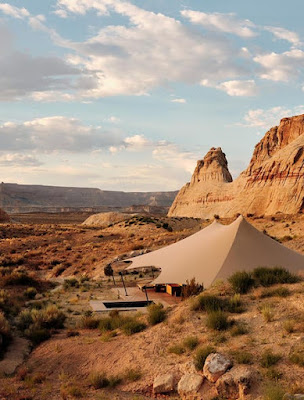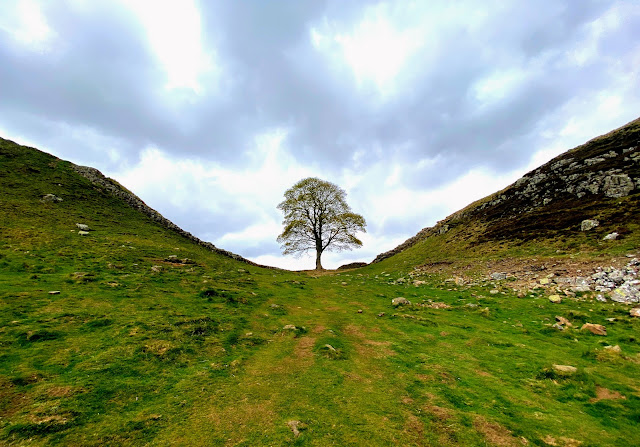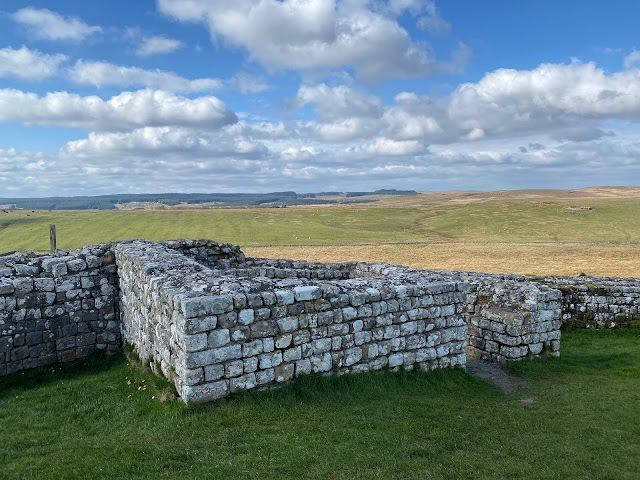The Red Caboose Motel at Paradise Station

"There's beauty in being unique and different." The Little Red Caboose by Marian Potter, published 1953. If you're planning a visit to the Amish Country in Pennsylvania and want to stay somewhere out of the ordinary, check into the Red Caboose Motel at Paradise Station in Ronks where you can sleep in an authentic 25-ton railroad caboose! The concept for the Red Caboose Motel began way back in the summer of 1969 when hotelier Donald Delinger placed a bid on 19 cabooses that had been decommissioned and were being sold off as surplus by the Pennsylvania Railroad. Six months later he found out that he had won the auction and on Mother's Day in 1970, his nostalgic concept came to life. In February of 2016, the iconic Red Caboose Motel & Restaurant was bought by the father and son team of Todd and Tyler Prickett who, along with their wives Debra and Katherine, continued to take great pride in offering guests a unique and exceptional experience in the heart of Am...


